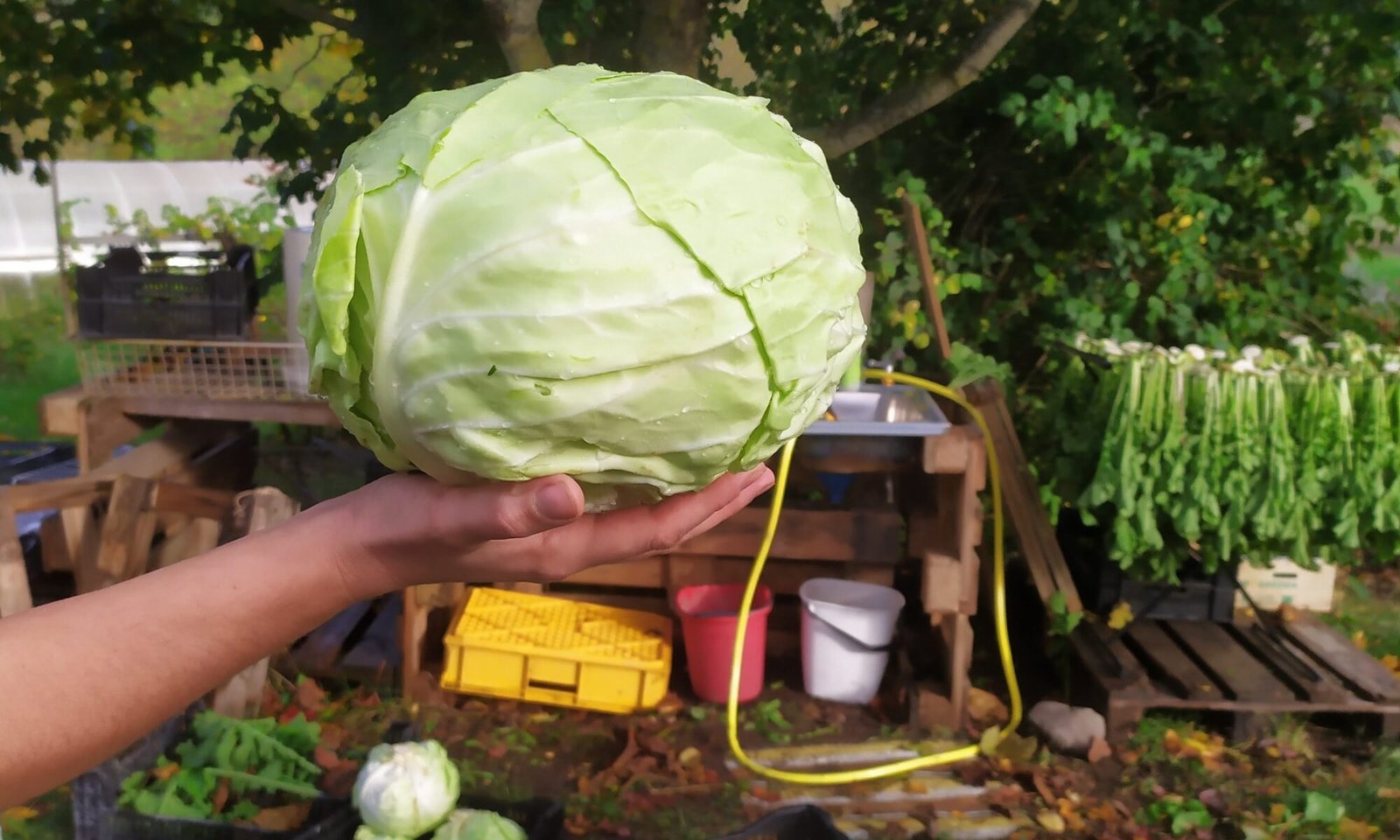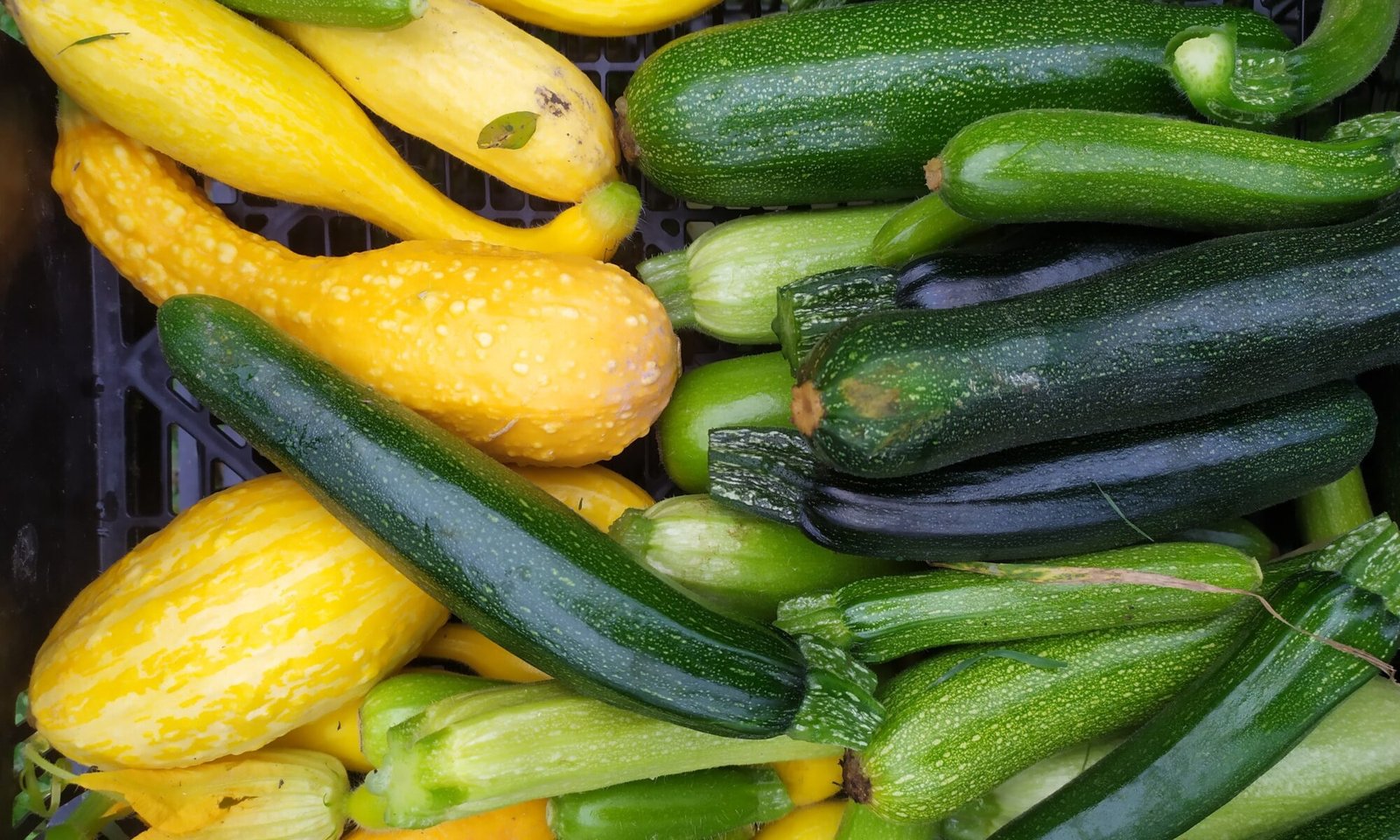Brine is used in lacto-fermentation when you don’t want to grate or press the vegetables. Think cucumbers and green beans, mixed vegetables in large pieces (such as carrots, cauliflower, onions, and sugar snap peas), and even leaves and berries can be lacto-fermented this way. The brine should be quite salty because a lot of it will be absorbed by the vegetables, and you want to achieve a final salt concentration of 1-2% overall. I use a brine with 4% salt for most fermentations. Think of the sea – but the Atlantic rather than the Baltic. Unrefined fine sea salt from Denival (which can be purchased in a 20kg bag) works excellently. I choose this salt because it is not highly refined, has not gone through a lot of chemical processing and doesn’t contain anti-caking agents (I am not anti cake!). However, lacto-fermentation bacteria can handle most types of salt, so start with what you have at home.
Continue reading “Salt and water”From seed to jar
It’s possible to lacto-ferment almost anything from your garden, but with a little planning, you can ensure good results by choosing varieties that are particularly well-suited for fermentation. Here are my best seed tips!
Continue reading “From seed to jar”Cabbage kimchi
Kimchi is most commonly made with whole or halved Chinese (napa) cabbage, which is sliced just before serving. Since it is more common in Sweden to sell kimchi ready to eat in jars rather than whole, it can be helpful to chop the cabbage first if you’re aiming for production.
I use a mixture of chili and paprika, dried and ground, to create something similar to gochugaru, the Korean chili powder commonly used. It is both spicy and sweet. You can use a generous amount of chili or very little chili. Fresh chili also works well.
Continue reading “Cabbage kimchi”Fermented Tomato Paste
(I have only made this recipe for home use so far)
Ingredients:
5kg ripe tomatoes
1tbsp salt
Equipment:
clean tea towel
Large bowl
Moulinor or sieve and a wooden spoon
cheese cloth
Two ways to ferment your courgette / zucchini / summer squash
Courgette (zucchini) is incredibly rewarding to grow and can be delicious when lacto-fermented. Use medium-sized fruits and remove the developing seed cavity in the middle, otherwise, the fermentation can become mushy. Lacto-fermented squash is best consumed within a few months and generally doesn’t keep as well as sauerkraut or kimchi made from cabbage. I prefer the Zuboda variety as the skin stays tender, but most varieties will work.
Continue reading “Two ways to ferment your courgette / zucchini / summer squash”




